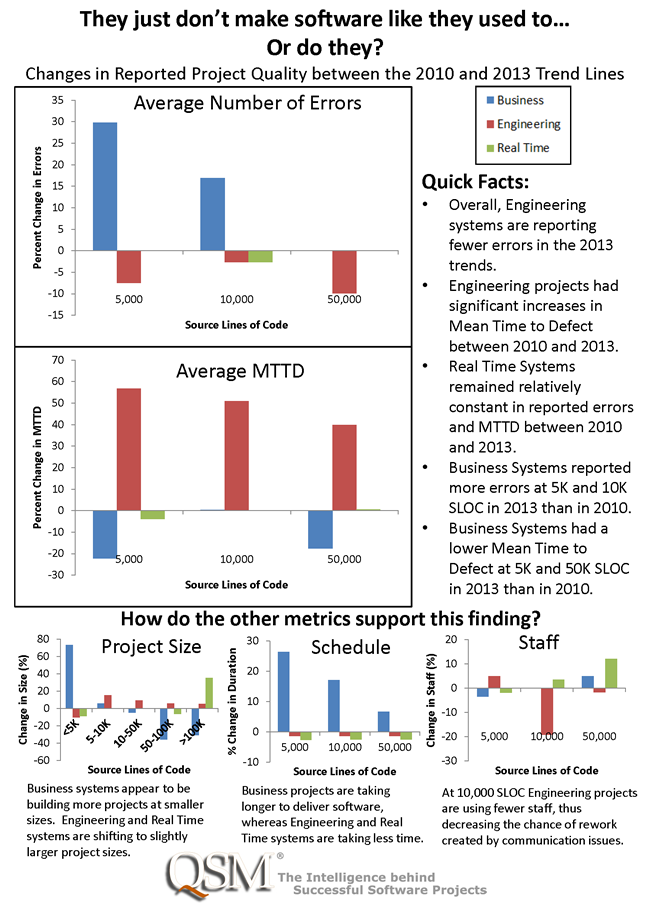Software Reliability Modeling in the Age of Continuous Integration / Continuous Delivery
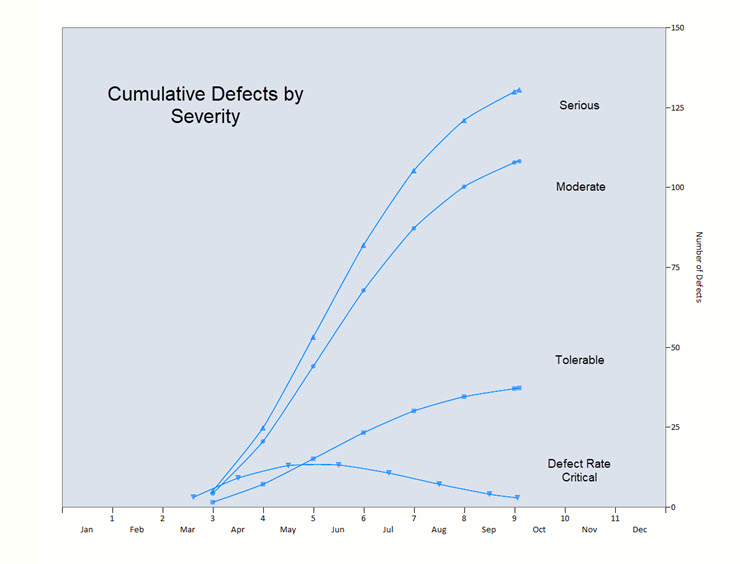
Quantitative Software Management (QSM) consultant, James Heires, recently discussed the benefits of estimating and forecasting software reliability at RAMS (Reliability & Maintainability Symposium) 2023. Theme for the conference: "Artificial Intelligence and Machine Learning (AI/ML) application to our R&M tools, techniques, and processes (and products) promises speed and scale.... When program management instantiates advanced techniques into R&M engineering activities, such as digital design and machine learning and other advanced analytics, it enables products to evolve at a much more proactive, effective, and cost-efficient approach. Ultimately it facilitates increased speed to market, adoption of new technology, and especially for repairable systems, products that are more reliable, maintainable, and supportable."


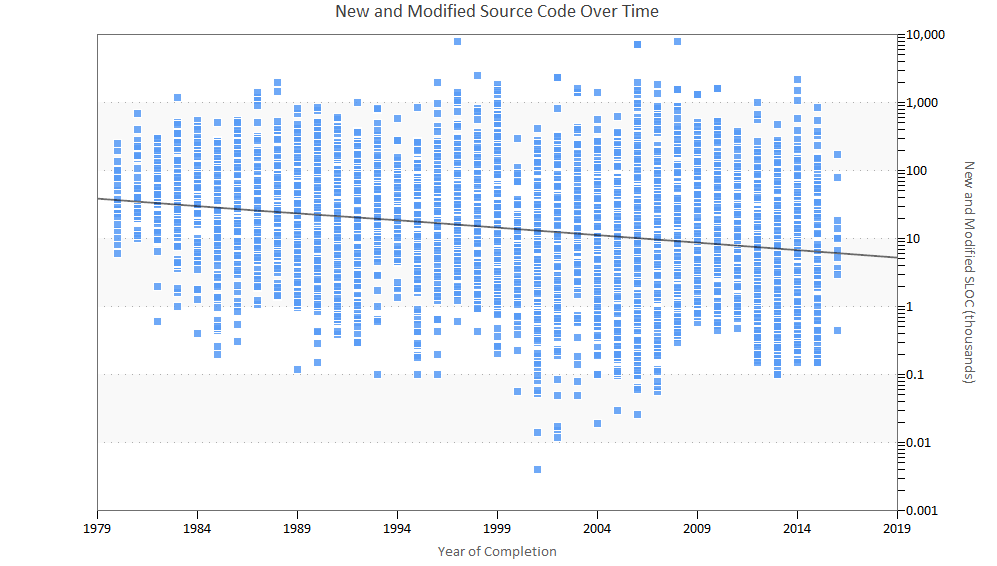
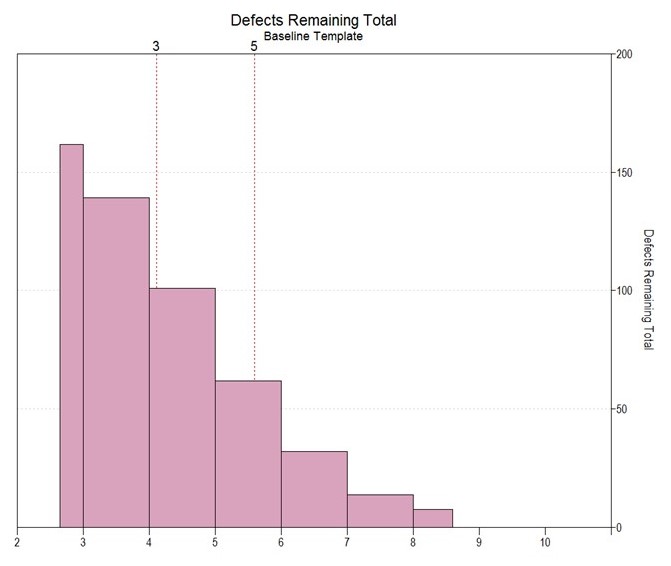
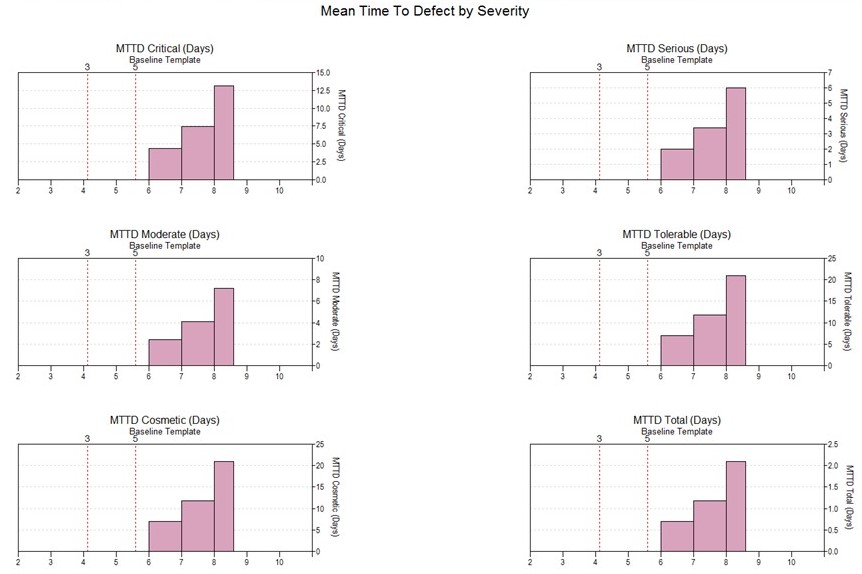
 With the most recent spurt of inclement weather, there is really no denying that winter is here. After awaking to about 4 inches of snow accumulation, I begrudgingly bundled myself up in my warmest winter gear and proceeded to dig out my car. Perhaps the brisk air woke me up faster than usual because as I dug a path to the car, I began to think about software testing, specifically how effective early testing can reduce the chances of
With the most recent spurt of inclement weather, there is really no denying that winter is here. After awaking to about 4 inches of snow accumulation, I begrudgingly bundled myself up in my warmest winter gear and proceeded to dig out my car. Perhaps the brisk air woke me up faster than usual because as I dug a path to the car, I began to think about software testing, specifically how effective early testing can reduce the chances of 